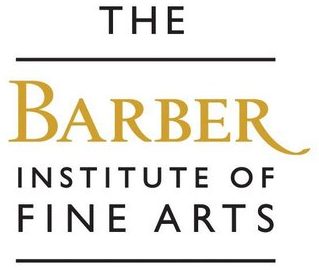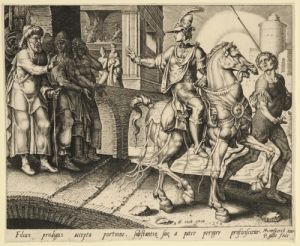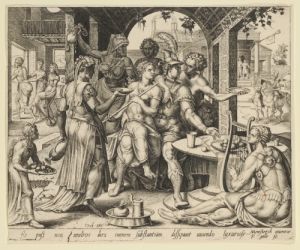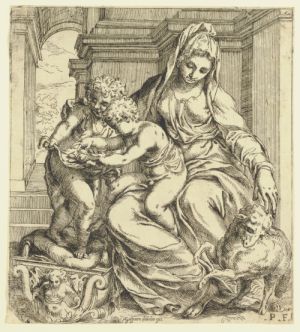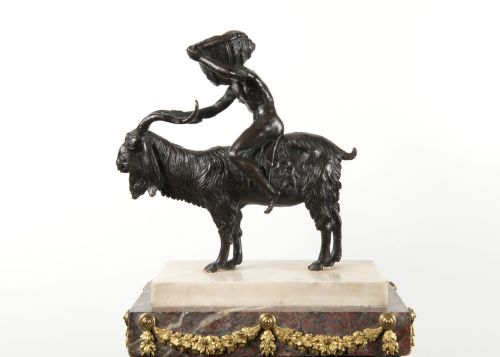Philip Galle (1537-1612)
Philip Galle The Story of the Prodigal Son – The Prodigal Son Leaving His Father’s House Netherlands, 1562 Engraving This is the first in a series of six engravings based on the story of the Prodigal Son from the New Testament (Luke 15). It tells a moral tale of adolescent rebellion in which the son … Read more
